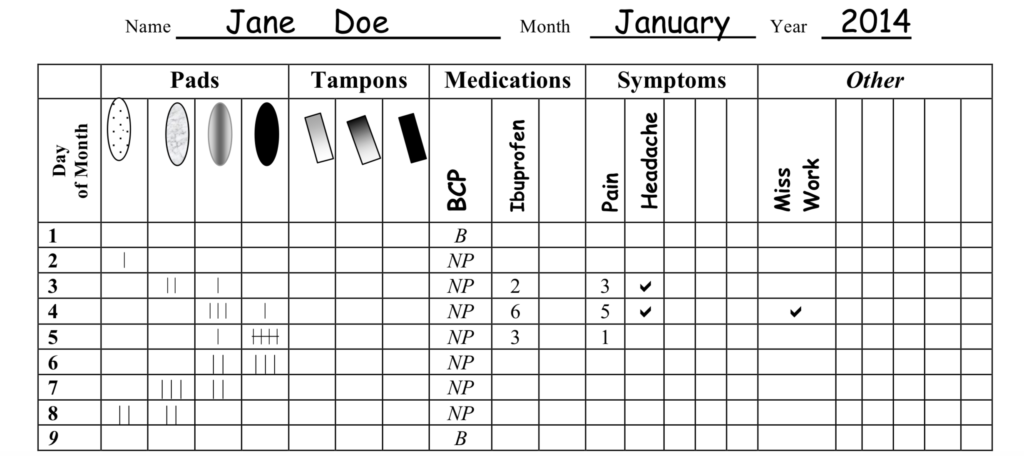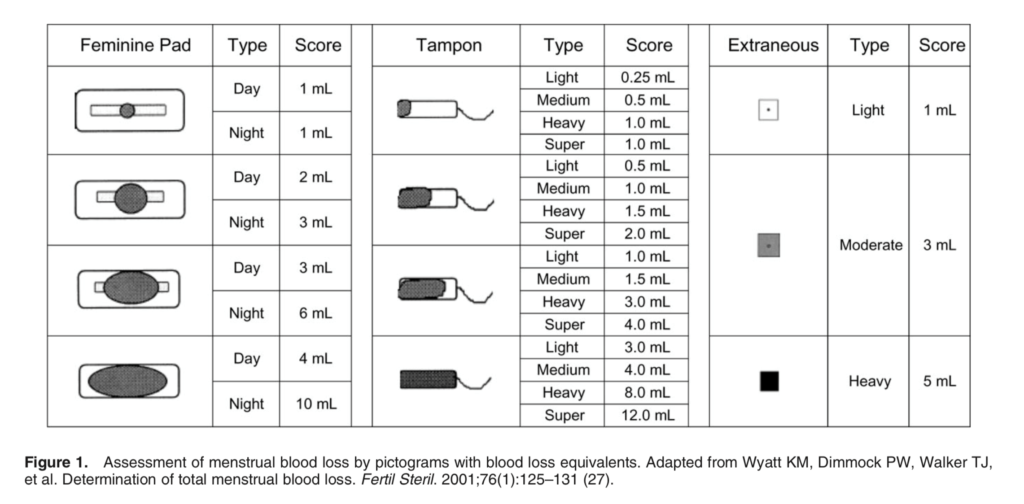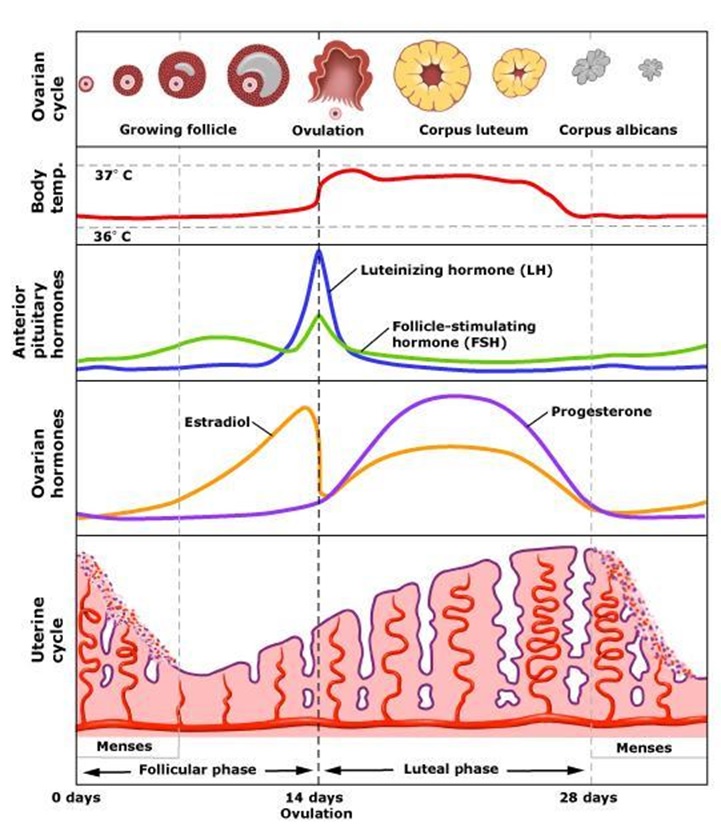Cramping, PMS, sugar craving, tender breasts. All of which comes along with our monthly menses, right? Well no, not necessarily. I know it is hard to believe, but most of the things that we ‘deal with’ as women, we don’t need to experience.
Many women believe that cramping and all the aches and pains that come along with our cycles is normal, that it is just something we have to accept, and that pills and contraceptives are the only way to manage or navigate these discomforts or health challenges. It seems that our modern style of living has not only altered our physical environment, but it has also shifted the balance and capacity of our body to function with ease.
When a young girl is first about to get her period, what is she told?
What were you ‘warned’ about of the new, unavoidable life cycle, that was to befall upon you once you had your first period? I doubt it was anything like the Yurok girls, whose tribe are native to the northwest coast of the US. These women have synced their cycles, and celebrate their menstruation through a series of rituals, stating that during their cycle, menstruation is their most heightened spiritual experience. It is not time that should be wasted in mundane tasks and social distractions, nor should one’s concentration be broken by concerns with the opposite sex.
 Rather, they recommend that all the woman’s energy should be applied in concentrated meditation to seek out the purpose of her life, and to accumulate spiritual energy – ie going into herself and making herself stronger. It’s also said that if a woman got out of sync with the moon and with the other women in the village, she could get back in sync by sitting in the moonlight and talking to the moon, asking it to balance her…
Rather, they recommend that all the woman’s energy should be applied in concentrated meditation to seek out the purpose of her life, and to accumulate spiritual energy – ie going into herself and making herself stronger. It’s also said that if a woman got out of sync with the moon and with the other women in the village, she could get back in sync by sitting in the moonlight and talking to the moon, asking it to balance her…
Instead, in the Western world, we are told of the discomfort of pads and tampons, menstrual cramping, sugar cravings, bloating, and acne and for many girls and women, this is the sad reality. Yet we are here to tell you that this is not normal.
Our body’s inner intelligence is self-regulating so any deviation in our health, any symptom, is a sign from our body that something isn’t quite right. It’s a wonderful opportunity to start getting back in tune with our bodies, to ask ourselves what might be creating the imbalance, and to start becoming empowered to strengthen our health. With this series of blogs on the menstrual cycle, we intend to help you find some answers and avenues you can pursue to help establish a menstrual pattern that happens with ease and grace.
Here’s what is considered a “normal healthy” cycle:
- A normal period starts with bright, fresh, red coloured blood. This indicates good and normal amounts of hemoglobin, and that the flow is happening well.
- It should be heavy on the first few days and then taper off towards the end of your cycle.
- It tends to have around 30-40mL of blood (up to 60mL, ideally not more than 80mL), resulting in about 5-10 regular tampons worth of blood. Yep, that’s for the entire menstruation part of your cycle.
- The bleeding should last in its entirety between 4-7 days.
- Your cycle should ideally be 25-32 days.
 How many of you laughed at hearing any of that?
How many of you laughed at hearing any of that?
The destructive “I wish *scoff*”? Perhaps even a roll of the eyes. Yes, we see you, we hear you, we understand.
While this may sound inconceivable to you – countless women have cycles just like this. As unbelievable as it may be for some, this is what our bodies are supposed to do. This is normal, and anything that is not within these guidelines typically indicates that some part of your reproductive and endocrine system, is not be functioning to full capacity.
Again, it may sound strange considering what we’ve been led to believe.
The following list of symptoms denotes a cycle that is most likely “out of balance”:
• Painful periods
• Cramping
• Breast tenderness
• PMS
• Heavy clotting.
Can indicate iron deficiency, liver issues, coagulation disorders, fibroids, and endometriosis. Small clots are normal (about half the size of your pinkie nail is normal)
• Brown/burgundy blood
Tends to indicate inflammation, an increase in prostaglandins, and decreased progesterone
• Dark, almost black blood
Is typically is a sign of endometriosis
• Pale pink, thin blood
Often indicates hormonal imbalances and premenopausal changes
• Thin/watery blood
Often seen post-surgery or associated with perimenopausal changes and hormonal changes
• Thick, gluggy blood
Tends to indicate endometrial thickness and potential endometriosis
• Sugar and carbohydrate craving
• Painful or noticeable ovulation feeling
• Bleeding for more than 7 or less than 3 days
• Cycles longer than 35 or less than 21 days
• Breakouts of acne
• Cystic acne on the back and chest
• A spotting period, blood at the start or when ovulating
May indicate that progesterone levels are dropping too early or there may be malposition of the uterus.
• Uterine malposition (anteverted or retroverted) can cause irregular flow, spotting, foul-smelling blood (also indicates infection), back pain, etc. 80% of women have an anteverted uterus, but a retroverted uterus’ can be a bit more dangerous.
• Period starts with dark, stagnant blood
Sluggish flow-indicates that the blood has oxidised and been stagnant rather than flowing with ease.
• Vomiting
• Loss of bladder and bowel control
• Absent periods for a few months
• Haemorrhaging and hospitalization
• Blood loss greater than 80mL
Menorrhagia -heavy bleeds, soaking through sanitary items in an hour or two, enough that it interferes with daily life, causes anemia, tiredness, and fatigue)
• Blood loss less than 25mL (hypomenorrhea) (less than 3-5 tampons per period) Can indicate that ovulation had not occurred in that cycle
Many women have no idea how heavy or light their flow is, and when asked to guess, many are way off. If you are planning on making some dietary, supplementary, and lifestyle changes in hopes of bettering your experience with your cycle, we would recommend using a chart to track your flow, a pictorial blood assessment chart usually does the trick.
 Here is a link to a pdf one to print out. This will help to give yourself a scoreline to determine whether things are changing, as many people use other symptoms as an indicator of change such as back pain etc, and ignore other changes that they can’t see.
Here is a link to a pdf one to print out. This will help to give yourself a scoreline to determine whether things are changing, as many people use other symptoms as an indicator of change such as back pain etc, and ignore other changes that they can’t see.
An important fact to remember is that every woman is different. One woman might have what we addressed as a ‘normal’ period above, but for someone else, they might have a light bleed for only 3 days, but still have healthy hormones, ovulation in each cycle, and a healthy lifestyle. With difference, comes awareness, and it is important to track your cycles and make sure your body is acting and serving you to its best capabilities.
 How can I track my menstrual cycle?
How can I track my menstrual cycle?
To find out what’s normal for you, start keeping a record of your menstrual cycle on a calendar. Begin by tracking your start date every month for several months in a row to identify the regularity of your periods.
If you’re concerned about your periods, then also make note of the following every month:
- End date. How long does your period typically last? Is it longer or shorter than usual?
- Record the heaviness of your flow. Does it seem lighter or heavier than usual? How often do you need to change your sanitary protection? Have you passed any blood clots?
- Abnormal bleeding. Are you bleeding in between periods?
- Describe any pain associated with your period. Does the pain feel worse than usual?
- Other changes. Have you experienced any changes in mood or behaviour? Did anything new happen around the time of change in your periods?
The BioCycle Study was a prospective cohort of 259 regularly menstruating, seemingly healthy female volunteers, recruited from the western New York region.
Their bleeding amount was measured per day and per cycle for each woman in the study. Cycle blood flow was classified in tertiles as light (<36.5 mL), medium (>36.5 and <72.5 mL), or heavy (>72.5 mL).
Individual bleeding days were classified in tertiles as light (<4 mL), medium (>4 and <14 mL), or heavy (>14 mL) blood flow. We compared the number of light, medium, heavy, and total bleeding days per cycle, as well as the amounts of bleeding on each calendar day of the cycle.
 We hope this sheds some light on what’s happening with your cycle each month and if you need to focus on getting your hormones and hence your period, in balance.
We hope this sheds some light on what’s happening with your cycle each month and if you need to focus on getting your hormones and hence your period, in balance.
Yours in health,
Jennifer Barham-Floreani,
Bach. Chiropractic, Bach. App Clinical Science
Registered internationally, no longer practicing as a chiropractor in Australia.
Isobella Doherty,
Research Assistant & Student
Barcelona College of Chiropractic
References:
- Bond A, Huddleston A. WWR 178: Normal Bleeds (and what it means!) – The Wellness Couch [Internet]. The Wellness Couch. 2020 [cited 17 August 2020]. Available from: https://thewellnesscouch.com/wwr/wwr-178-normal-bleeds-and-what-it-means
- Hilary O.D. Critchley “Menstruation: Science and Society”July 2020. American Journal of Obstetrics and Gynecology DOI: 10.1016/j.ajog.2020.06.004
- Dasharathy SS, Mumford SL, Pollack AZ, et al. Menstrual bleeding patterns among regularly menstruating women. Am J Epidemiol. 2012;175(6):536-545. doi:10.1093/aje/kwr356
- Rebar RW. Evaluation of amenorrhea, anovulation, and abnormal bleeding. Chap 4. In: Rebar RW, ed. Female Reproductive Endocrinology. South Dartmouth, MA: MDText.com, Inc; 2010. (https://www.endotext.org/female/female4/femaleframe4.htm).
- Wyatt KM, Dimmock PW, Walker TJ, et al. Determination of total menstrual blood loss. Fertil Steril. 2001;76(1):125–131.
- Beall S, Shady Grove Fertilty. What Does Your Menstrual Cycle Say About Your Fertility? [Internet]. Shady Grove Fertility Blog. 2019 [cited 17 August 2020]. Available from: https://www.shadygrovefertility.com/blog/fertility-health/what-does-your-menstrual-cycle-say-about-your-fertility/
- Meisel L. What Your Cycle Length Says About Your Fertility [Internet]. Ava. 2017 [cited 17 August 2020]. Available from: https://www.avawomen.com/avaworld/what-your-cycle-length-says-about-your-fertility/




